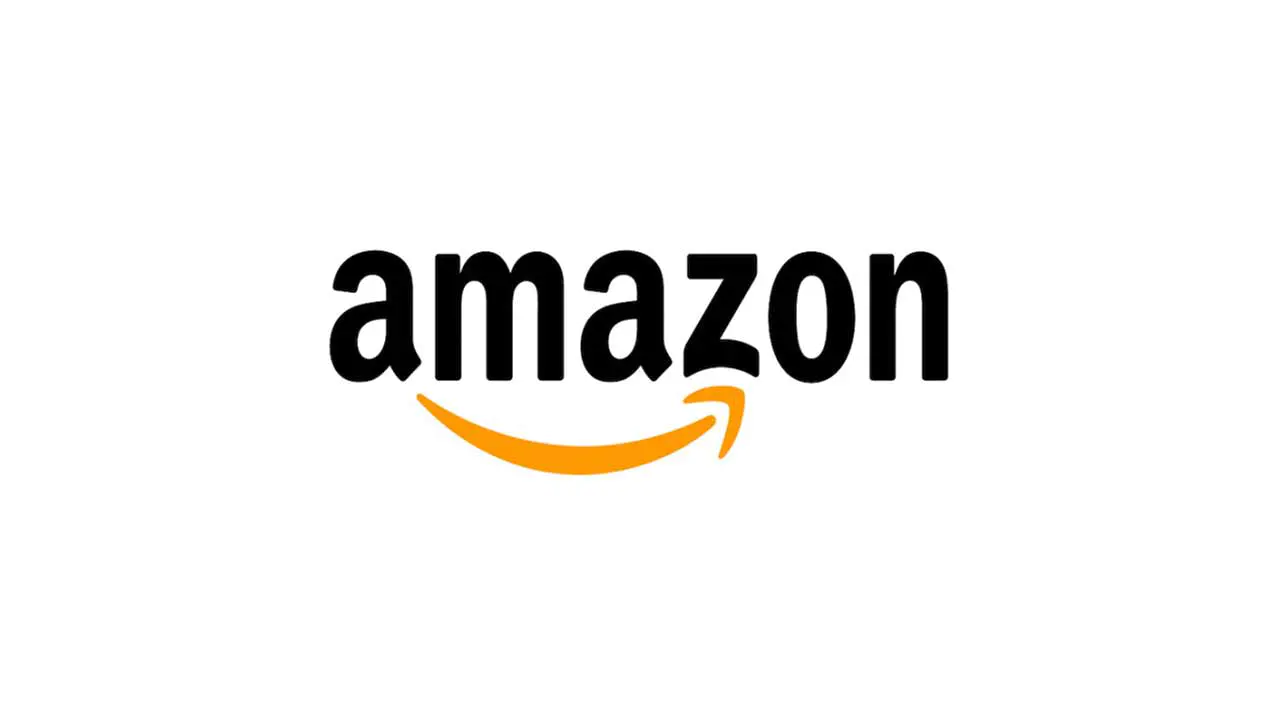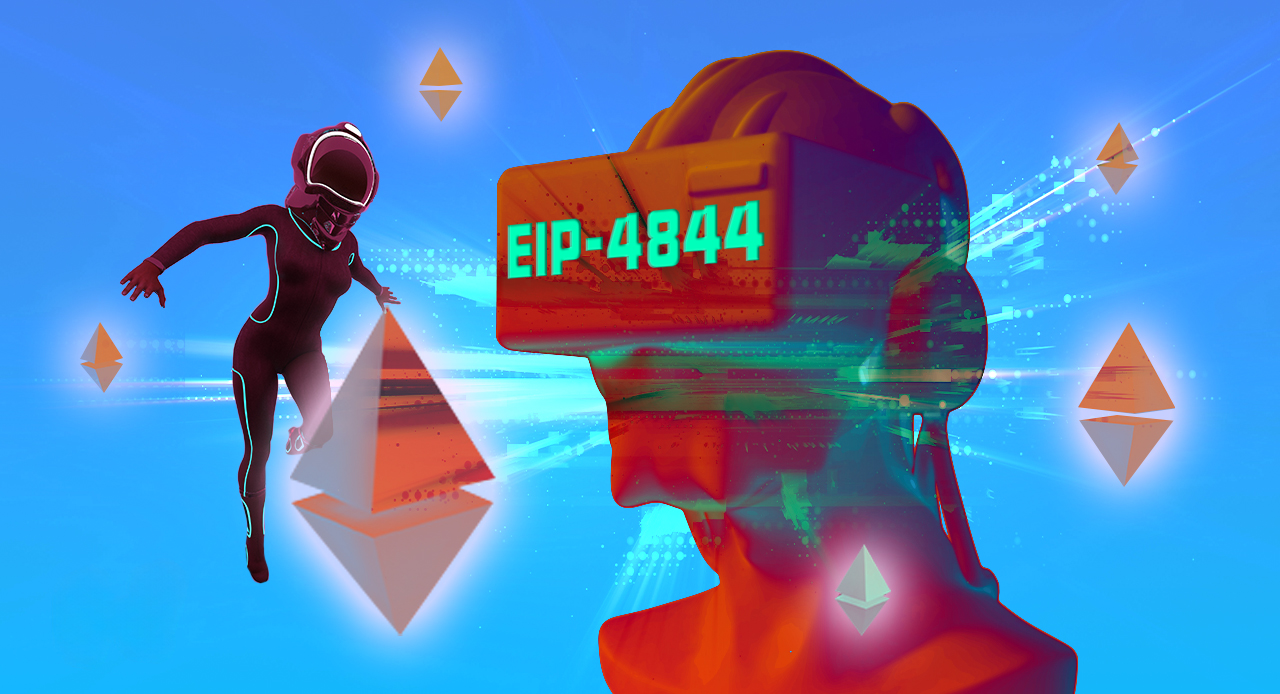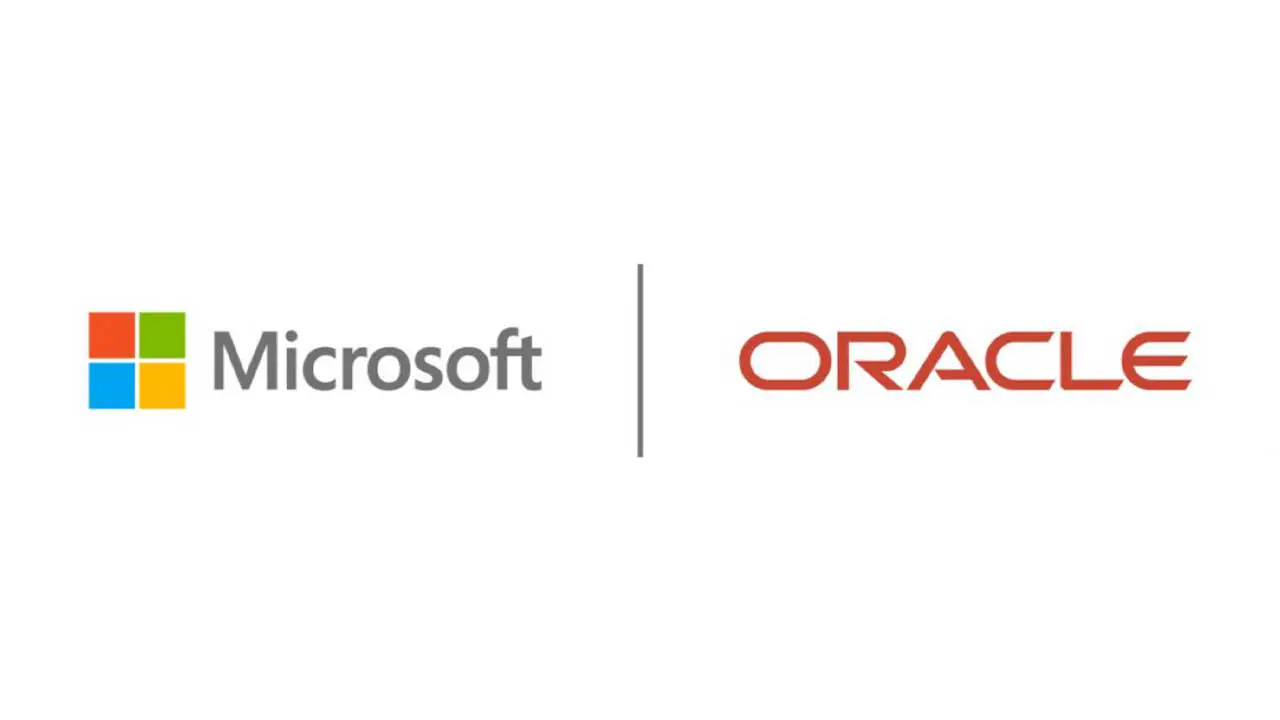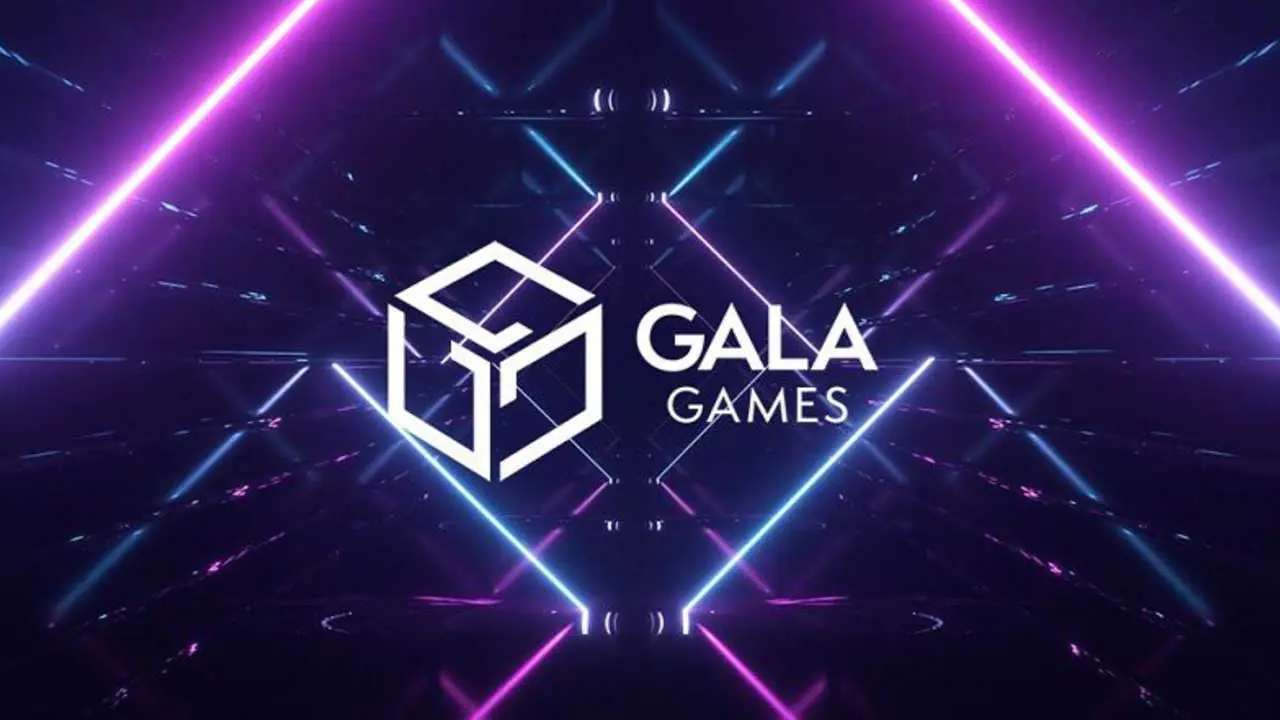Russia’s next generation military technology
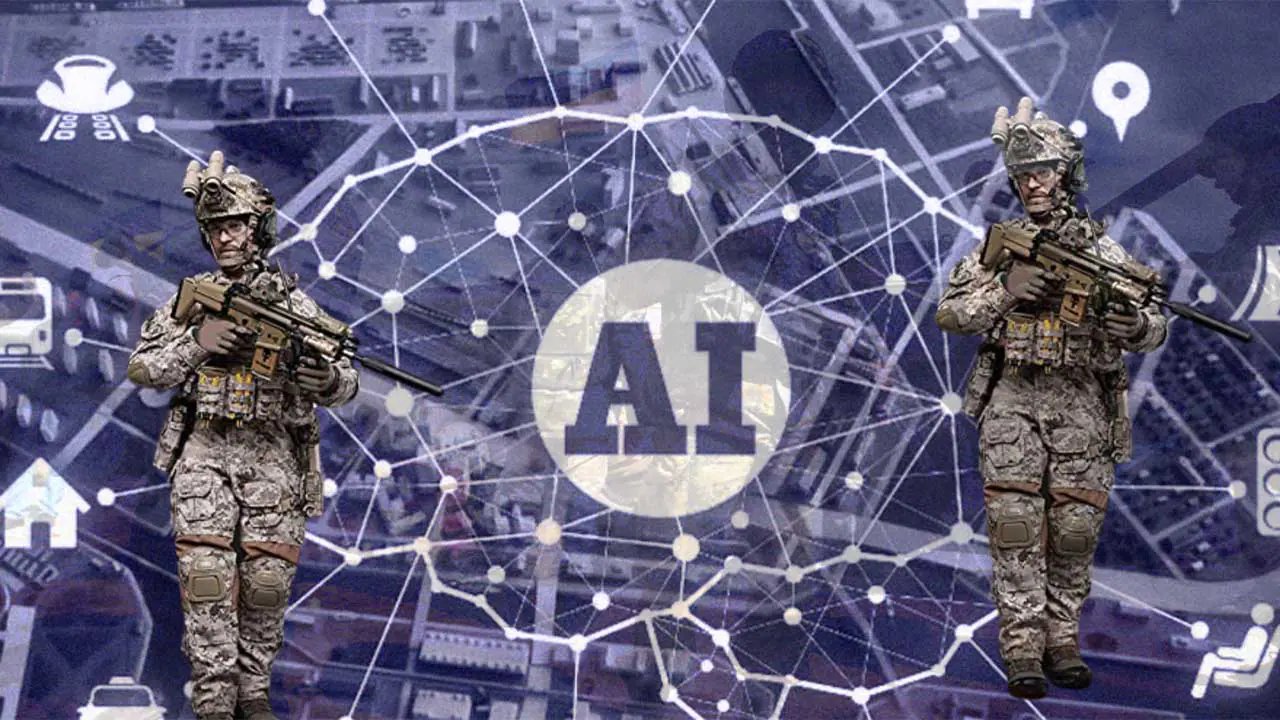
[ad_1]
In a recent development, Russia has begun efforts to integrate artificial intelligence (WHO) into your drone, enhancing its autonomy and combat capabilities.
Alexander Kovalenko, a military-political commentator from the “Information Resistance” organization, revealed these developments in an interview with Liberty TV.
The move marks an important step in Russia’s pursuit of advanced military technology.
In his statement, Kovalenko highlighted the use of a Russian drone code-named “Product 53.”
The drones are said to have artificial intelligence-based guidance systems that allow them to carry out their missions autonomously even if communication with the operator is interrupted.
The commentator mentioned that these drones had previously appeared in Russian propaganda reports with The Lancet, emphasizing their integration with artificial intelligence control technology.
The development has raised concerns about the potential impact of modern warfare.
Enhance resiliency with AI integration
Integrating artificial intelligence into drones has an important role in addressing vulnerabilities related to disruptions in communications and electronic warfare systems (electronic warfare).
Drones can easily be shot down or manipulated by enemy forces using various electronic warfare tactics. With built-in artificial intelligence, these drones become more flexible and adaptable.
When contact with the operator is lost, the artificial intelligence system takes over and uses an internal database of target objects to automatically guide the drone to its intended target, ensuring that the mission can still be completed in the event of enemy intervention.
Kovalenko also raised the possibility of these AI-enhanced drones being used in swarm attacks.
Swarm attacks involve multiple drones working together in a coordinated manner to achieve a common goal and overwhelm enemy defenses.
While the feasibility of swarm tactics is still debated, the integration of artificial intelligence will certainly enhance the coordination capabilities of these drones, making them more suitable for such movements.
In addition to AI drones, Russia has also accumulated kamikaze drones, including the Shahed-131/136.
These drones, designed for one-way missions, pose a special threat because they can be targeted with precision, creating challenging defense scenarios.
Kovalenko noted that Russia’s strategic planning indicates the possibility of repeated large-scale attacks on Ukraine, especially in the colder months when temperatures drop below freezing.
In these operations, kamikaze drones are expected to play a central role, with conventional missile systems playing a secondary role.
Prepare for a large-scale attack
Russia’s decision to stockpile drones and kamikaze variant aircraft signals its intention to conduct more military operations and missions.
This accumulation of resources is necessary to penetrate air defense systems and achieve strategic objectives.
In addition to conventional missile weapons, the purchase and stockpiling of drones appears to be part of a broader Russian military strategy that may be designed to exert pressure and influence through unique means.
As Russia continues to incorporate artificial intelligence into its drones and expand its arsenal of suicide drones, the global security landscape is likely to face new challenges and complexities.
The use of AI-driven technologies in warfare offers a level of autonomy and adaptability that could redefine the dynamics of modern conflict.
The international community remains vigilant and pays close attention to these developments and their potential impact on regional and global stability.
In the face of evolving military technology, diplomacy and dialogue efforts are necessary to address concerns and promote peace.
information Bitcoin Synthetic.
[ad_2]
Source link
